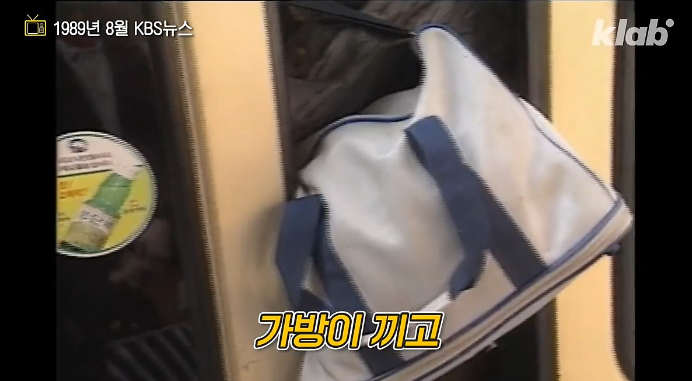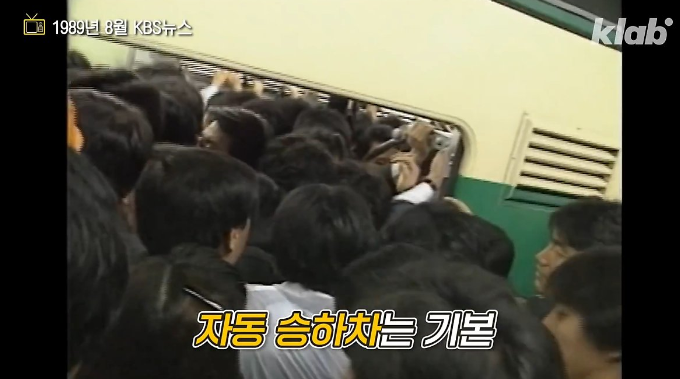Reflecting on the 90s commute, especially the subway experience, it’s hard to imagine the level of congestion back then. While many things have improved, the rush hour crowding still greatly impacts our daily lives. This article looks back at the 90s subway hell and explores potential solutions to today’s commuting issues.
The Scene of the 90s Subway Hell
The subway commute during the 90s was literally ‘subway hell’. The trains were packed like sardines during the morning and evening rush hours, and as each train arrived, people would push their way in. It’s almost unimaginable now, the way people squeezed into already full carriages.




The Reality of Commuting in Gyeonggi Province
According to a survey by Job Korea, the average commute time for residents of Gyeonggi Province is 58.2 minutes, which is 12 minutes longer than that of Seoul residents. Calculating this over a 5-day workweek, Gyeonggi residents spend an additional 2 hours commuting compared to Seoul residents. When extrapolated to a year, that’s over 100 hours of wasted time. Consider what could be accomplished in that time—learning something new or reading a book—it’s not an insignificant amount of time.
Stress from Commuting
The longer the commute, the more mental stress accumulates. The commute stress score for Gyeonggi residents is 6.7, the highest, followed by Seoul at 6.5, and regional areas at 5.9. Many working people would agree that longer commute times lead to higher stress levels.
Overcrowded Subway with No Air Conditioning
Riding a packed subway in hot, humid weather can feel like being in a sauna. The discomfort of being in a subway car where the air conditioning doesn’t work properly is almost indescribable.
Nevertheless
Nevertheless, we continue to endure this situation and commute daily. Although things have improved compared to the 90s, there are still many issues to address. Reducing rush hour congestion and improving transportation convenience are ongoing challenges that we must continue to tackle.
Conclusion
Commuting stress has a significant impact on our lives. To reduce it, we need to improve the transportation system and provide better public transit services. Finding ways to shorten commute times is a crucial task for improving our quality of life.
